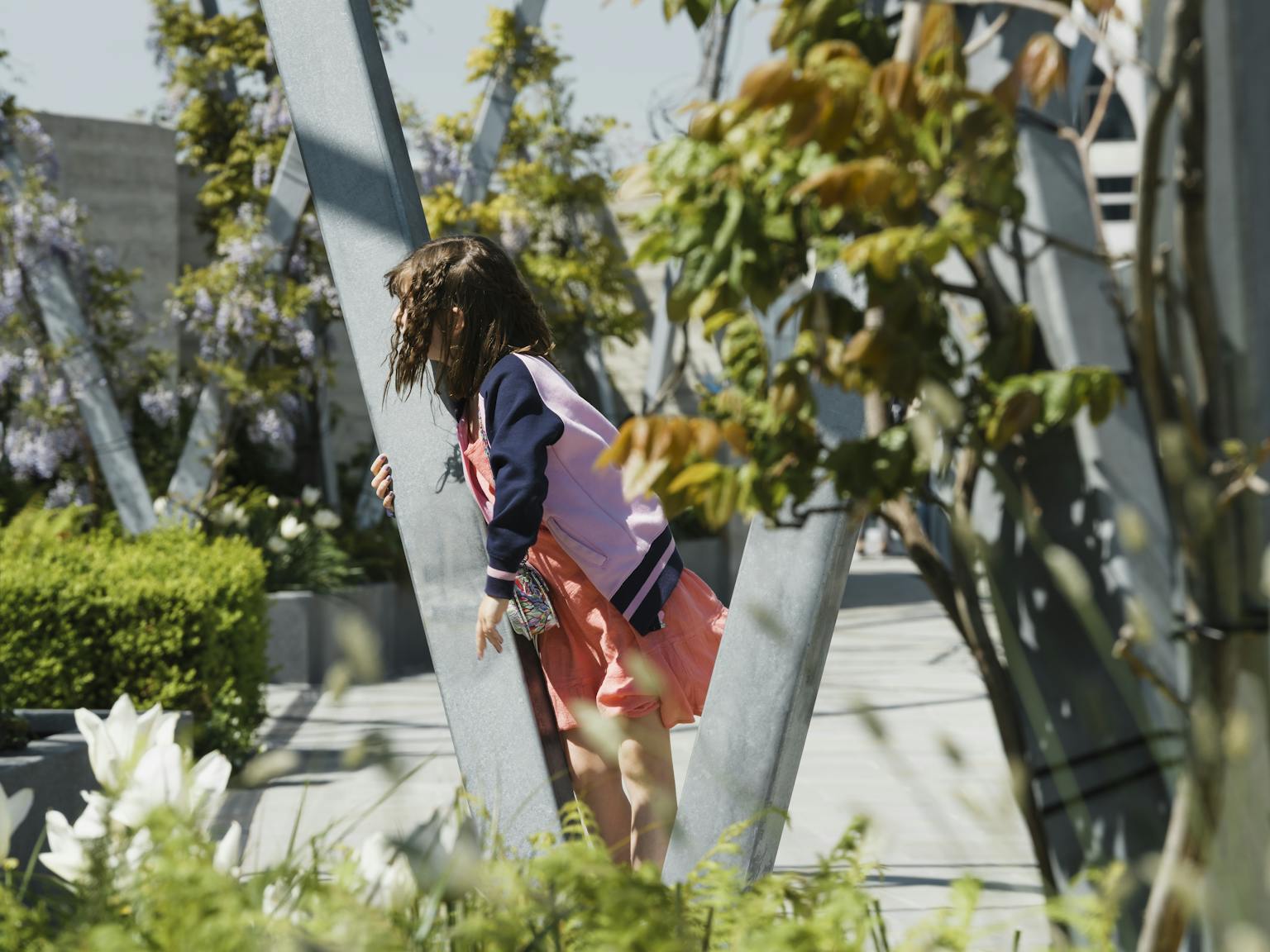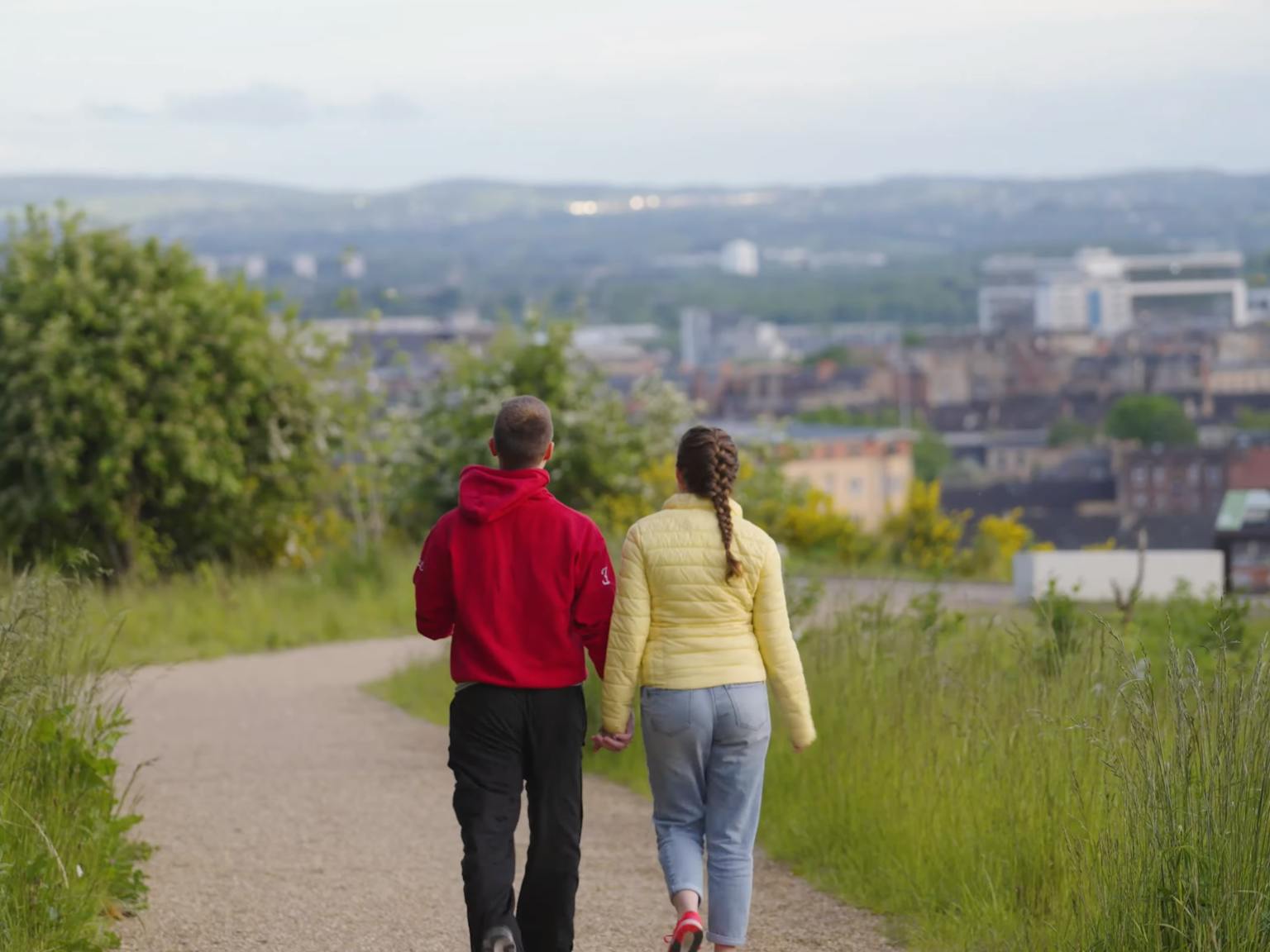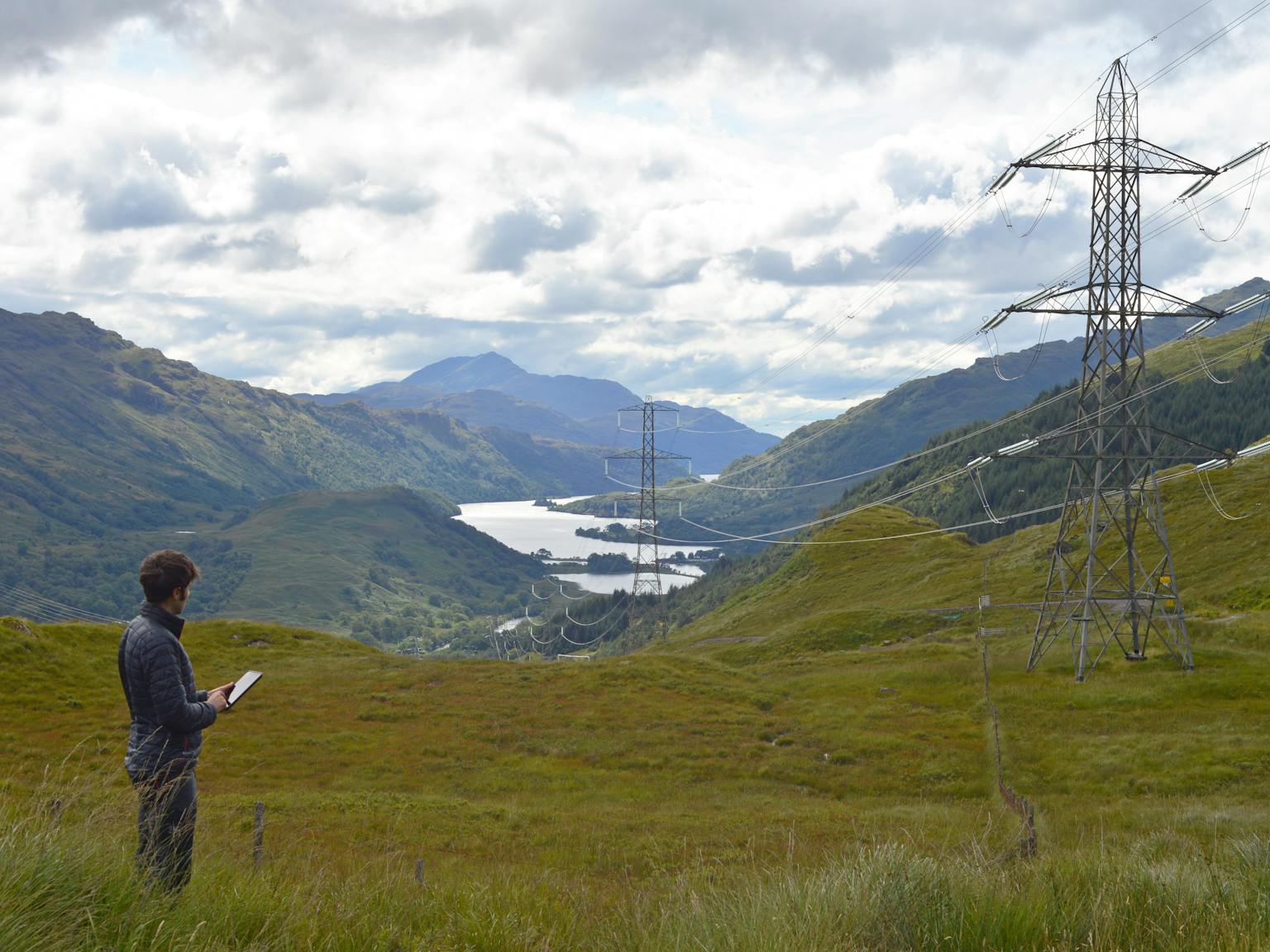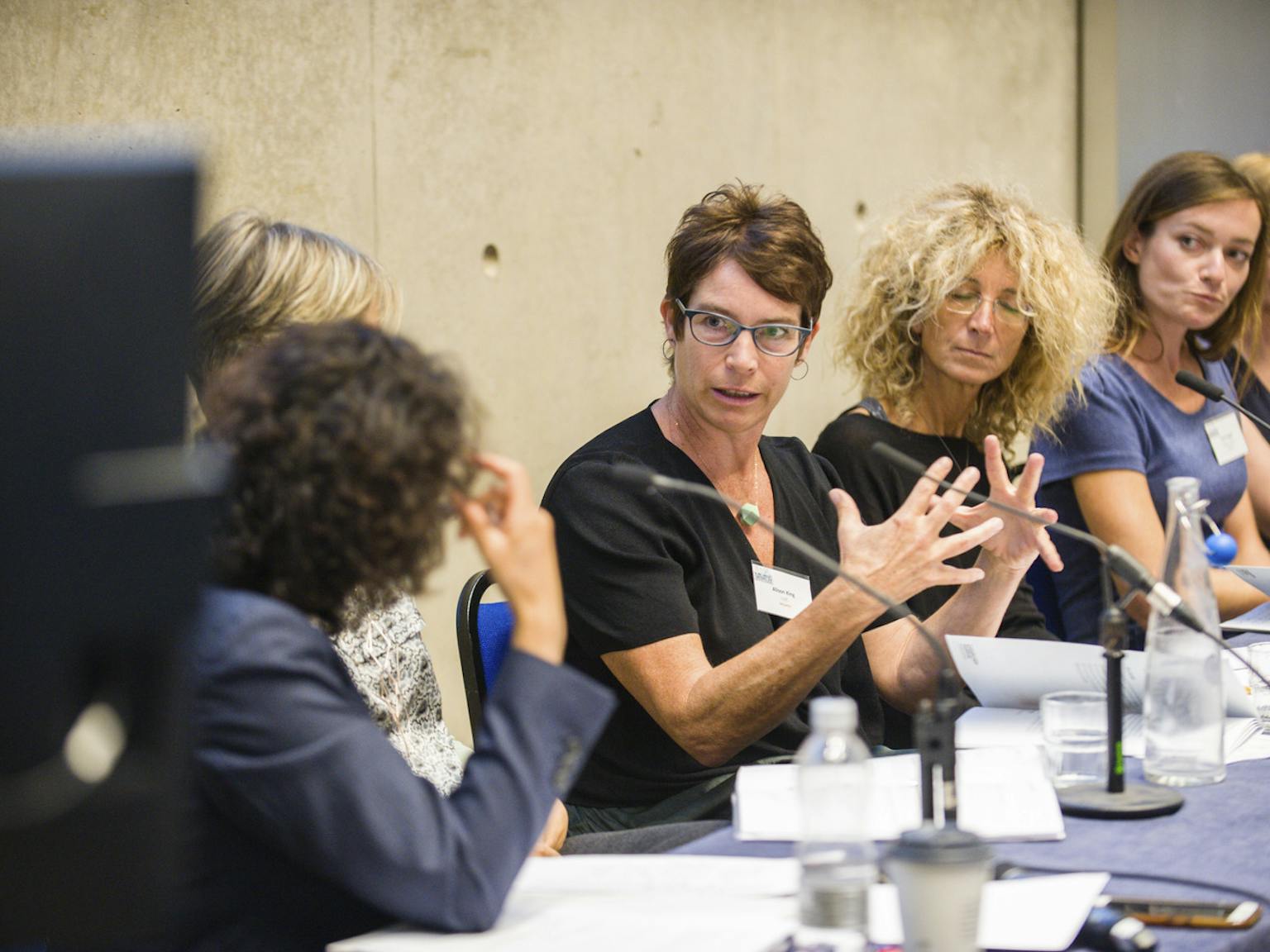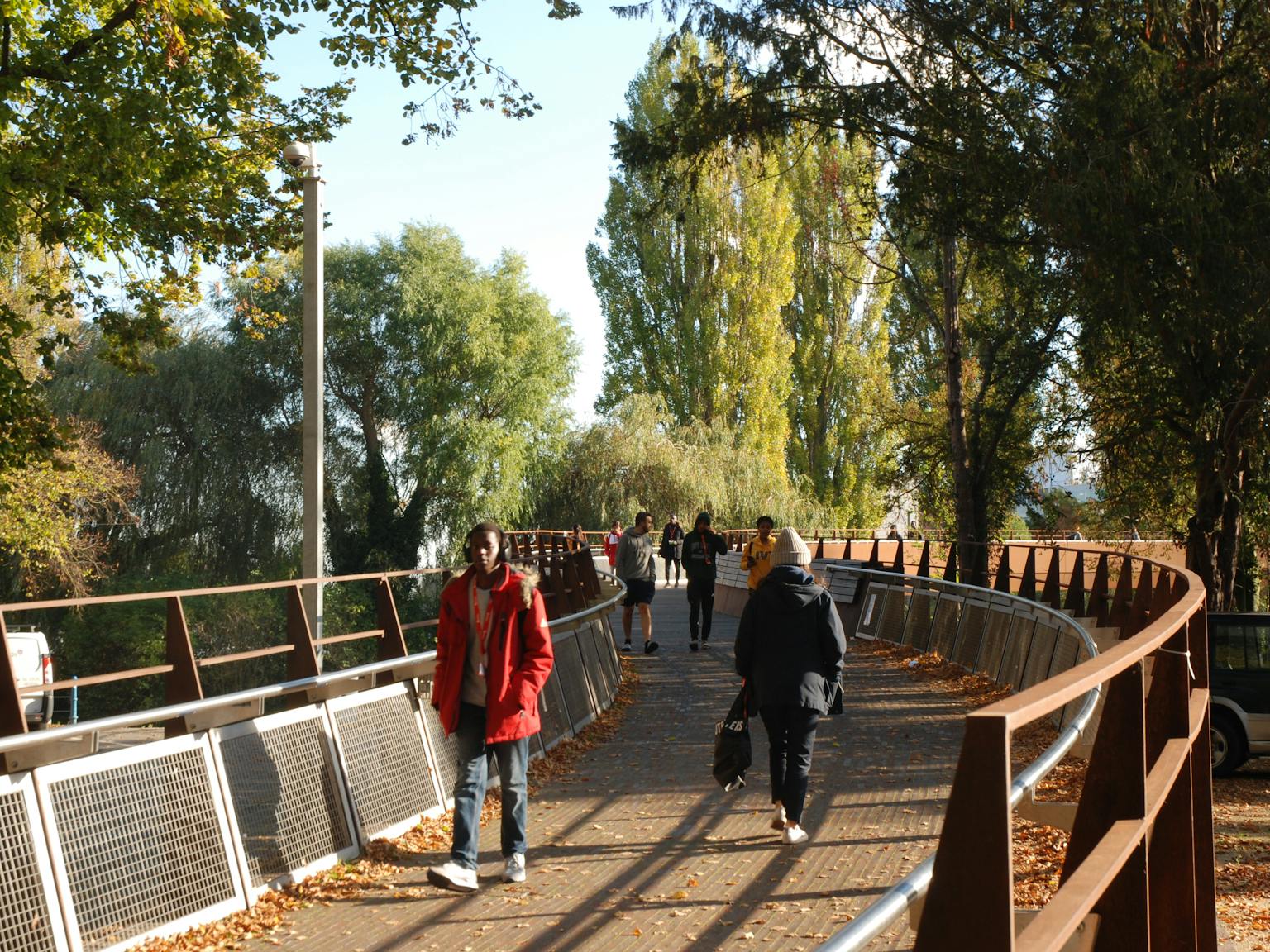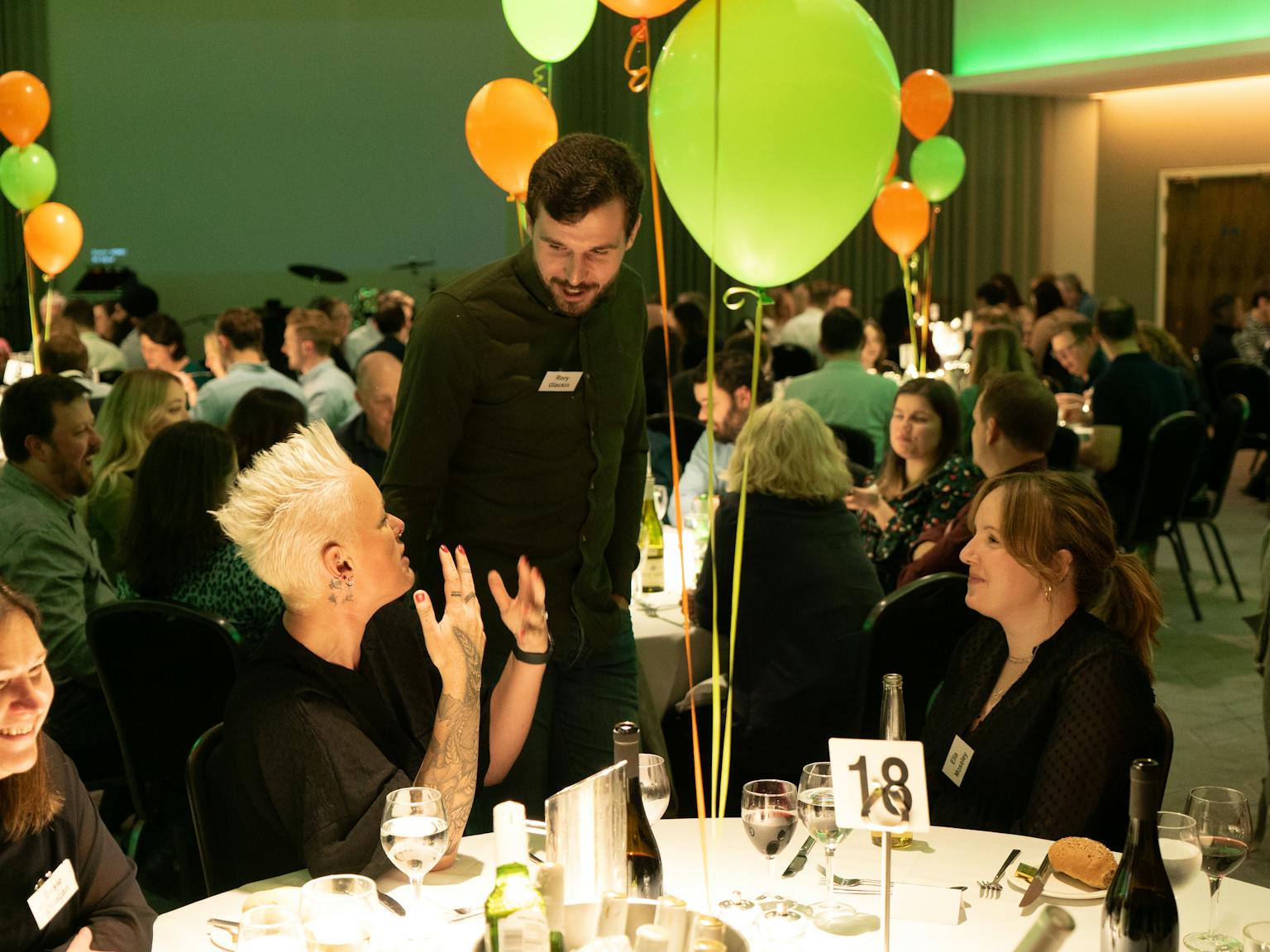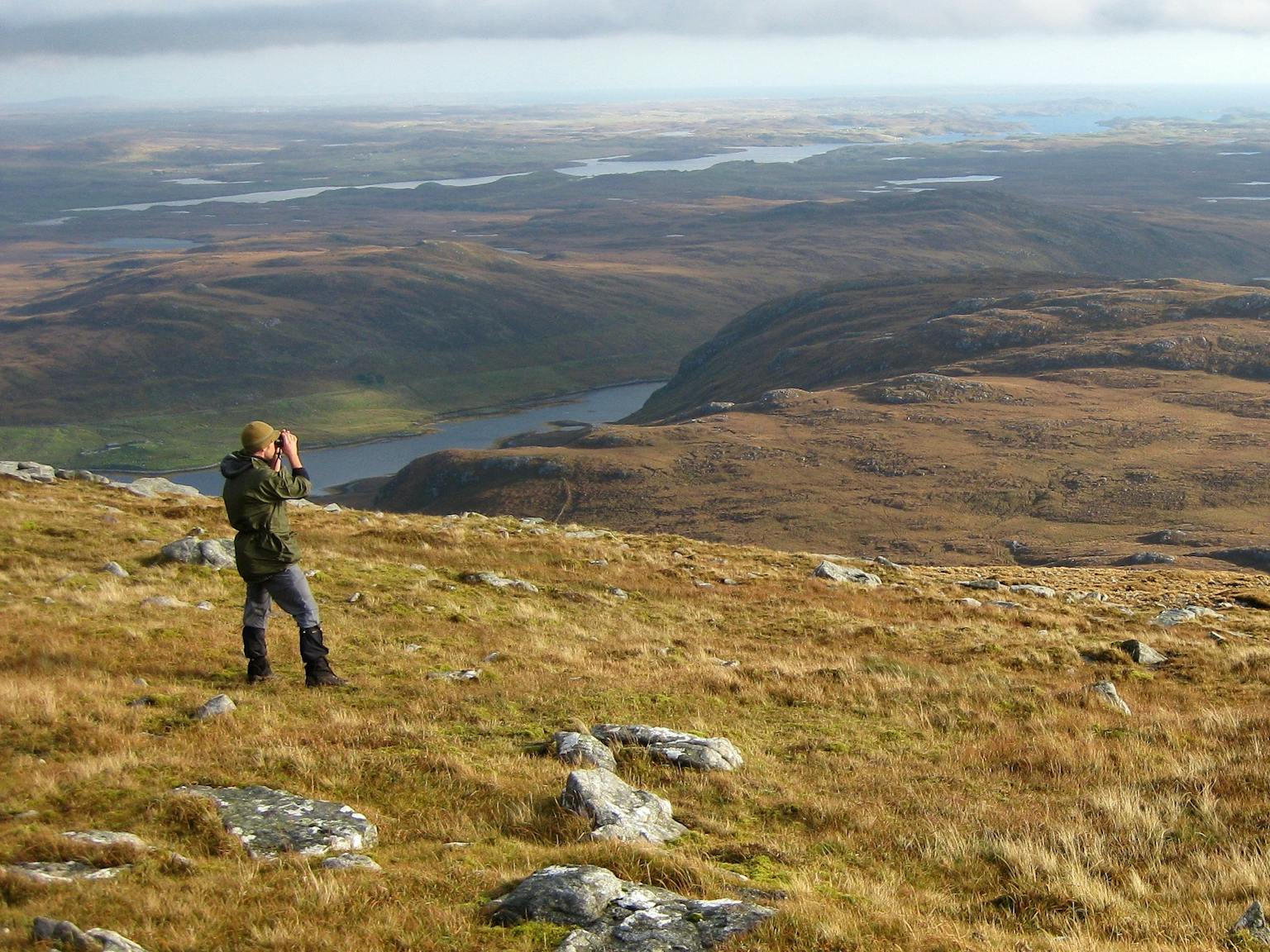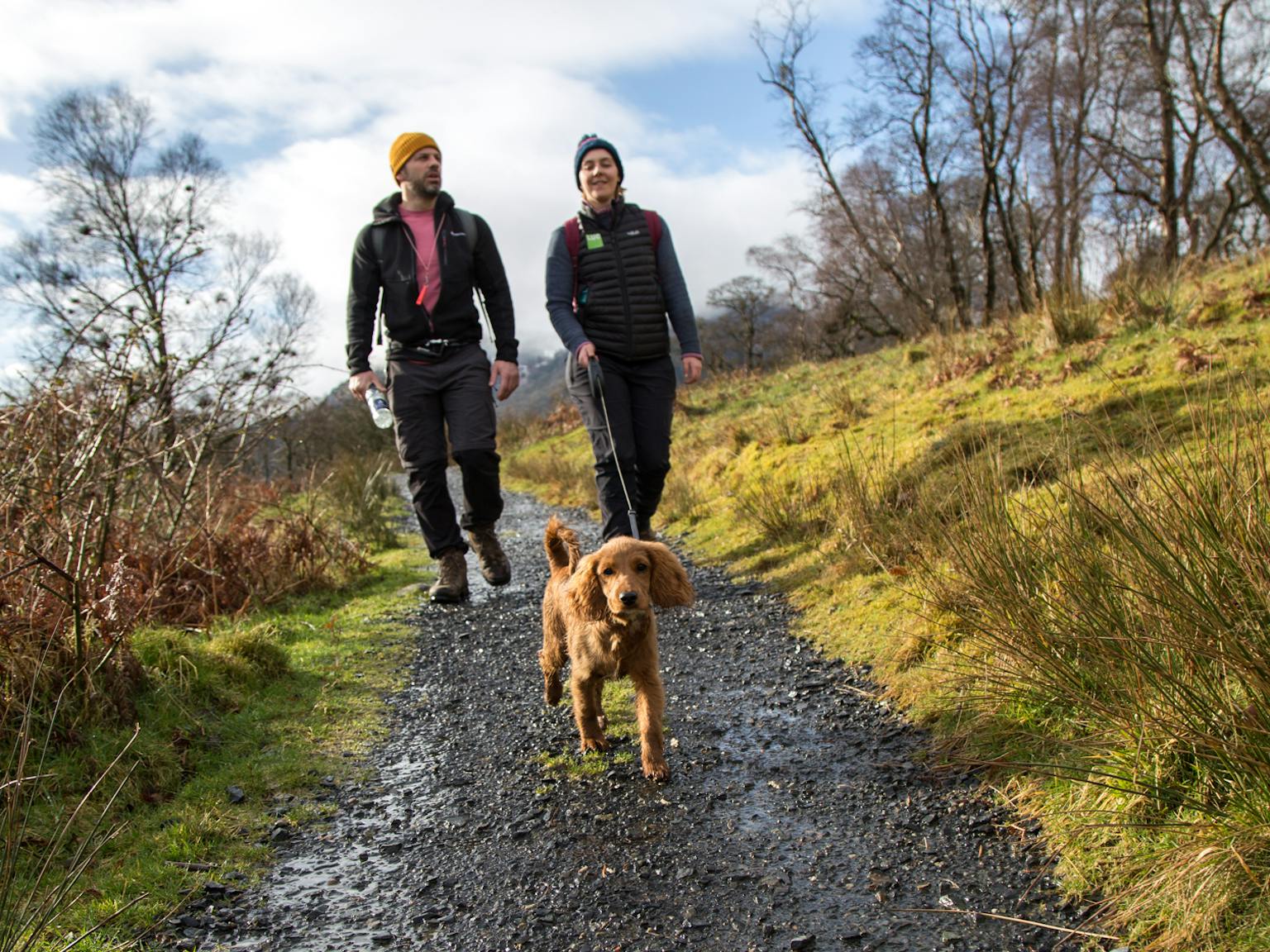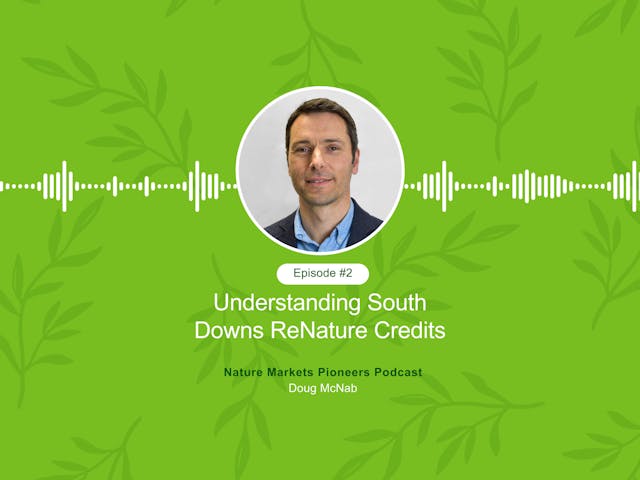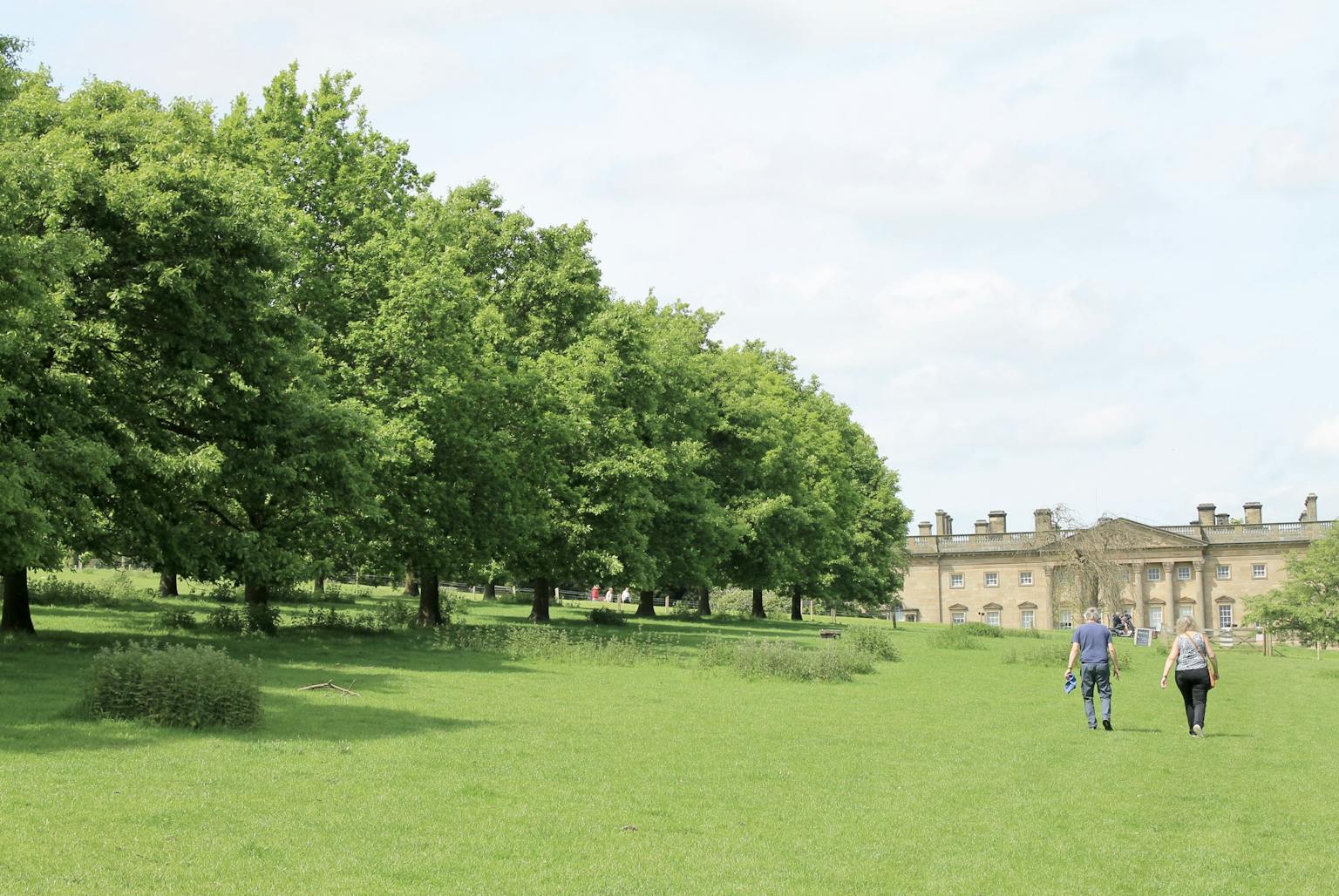
The National Trust and LUC’s vision for nature, people and places
The National Trust recently published its 10-year strategy for people and nature, following an 18-month consultation with over 70,000 stakeholders, including members, volunteers, and partners. The launch coincides with the Trust’s 130th anniversary.
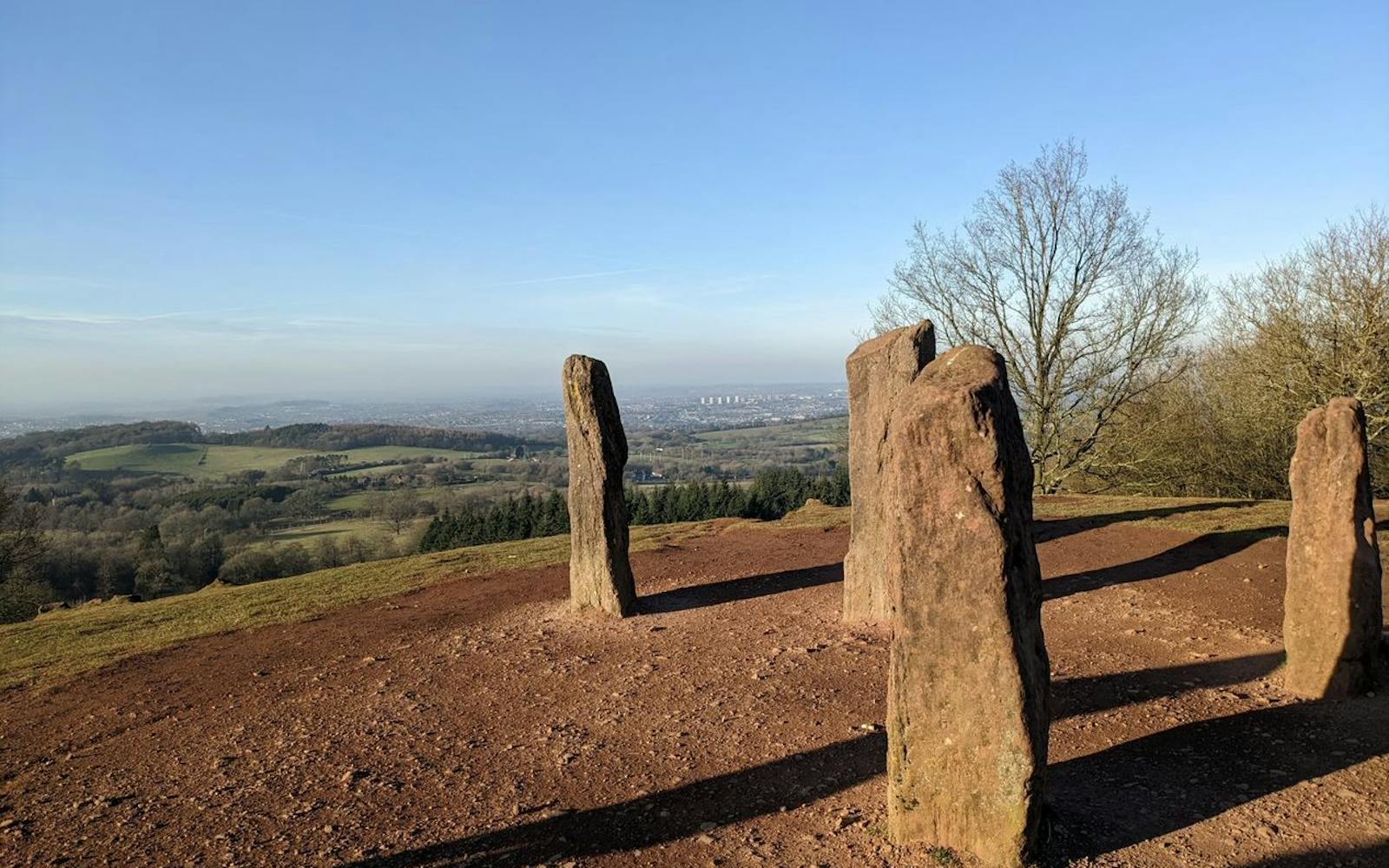
The strategy outlines four key goals: restoring nature, ending unequal access to nature and history, inspiring action, and renewing ways of working. It reflects a collective commitment to tackling pressing environmental and social challenges.
To reverse the decline in nature the strategy aims to protect 30% of UK land and create 250,000 hectares of nature-rich landscapes. This includes restoring peatlands, improving river water quality, promoting nature-friendly farming, and reconnecting fragmented landscapes to support biodiversity and combat climate change.
By 2035, the Trust aims to make nature, beauty, and heritage accessible to all, with a particular focus on young people. This involves removing barriers to access, improving urban green spaces, and fostering a sense of ownership and care for natural and cultural heritage across diverse communities.
The Trust also aims to inspire millions to take action in preserving nature and heritage. It plans to engage young people, expand volunteer opportunities, and collaborate with businesses and governments to drive positive change.
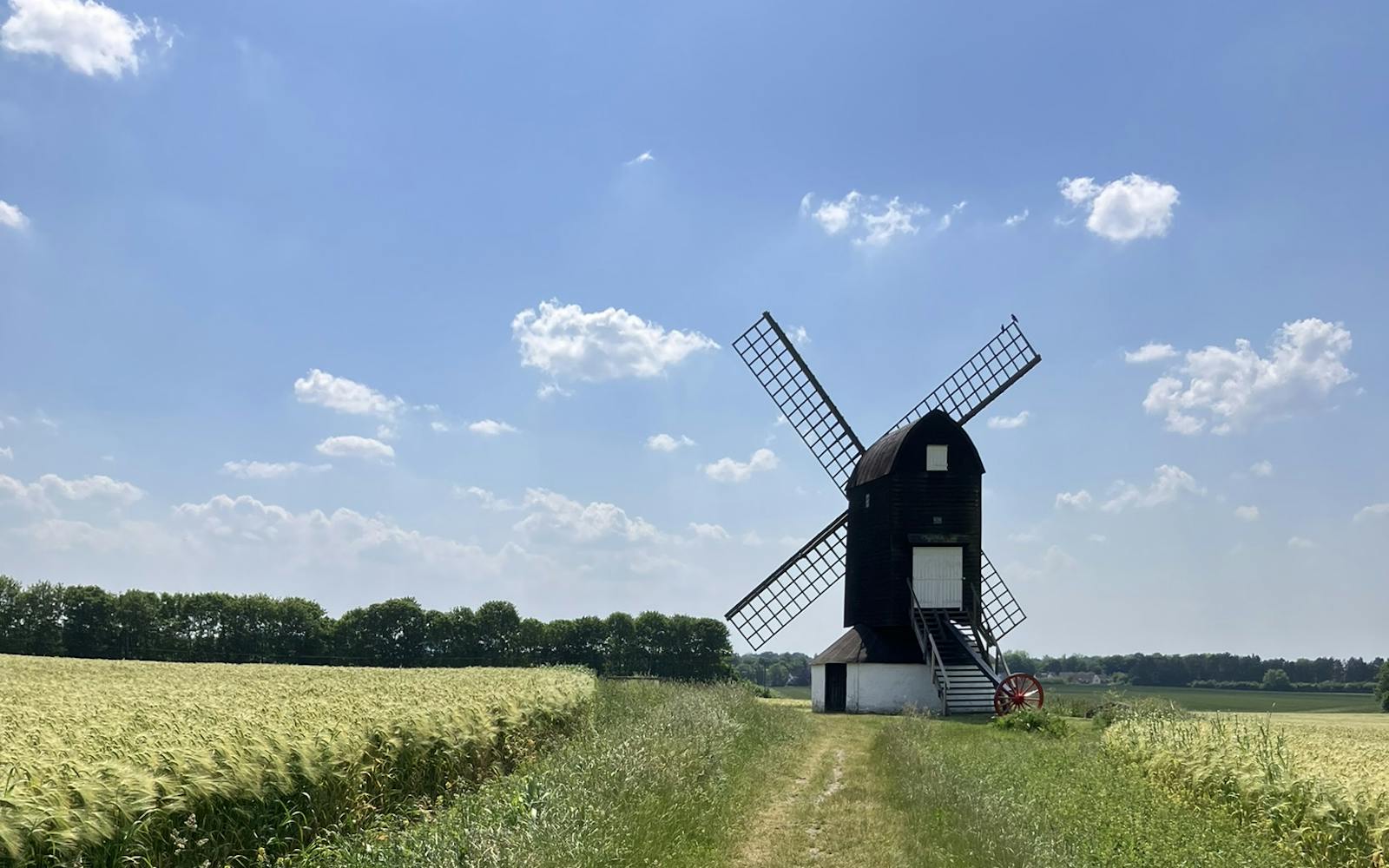
Adapting to a changing world requires new and varied perspectives and actions. The ambition to renew ways of working involves embracing new technologies, building stronger partnerships, diversifying the workforce, and ensuring efficient use of resources to maximise impact.
At LUC, we welcome the National Trust’s strategy, which aligns perfectly with our goals to create better futures for nature, people, and places. Our long-standing relationship with the Trust has enabled us to support its mission to preserve and make natural and cultural heritage accessible to everyone.
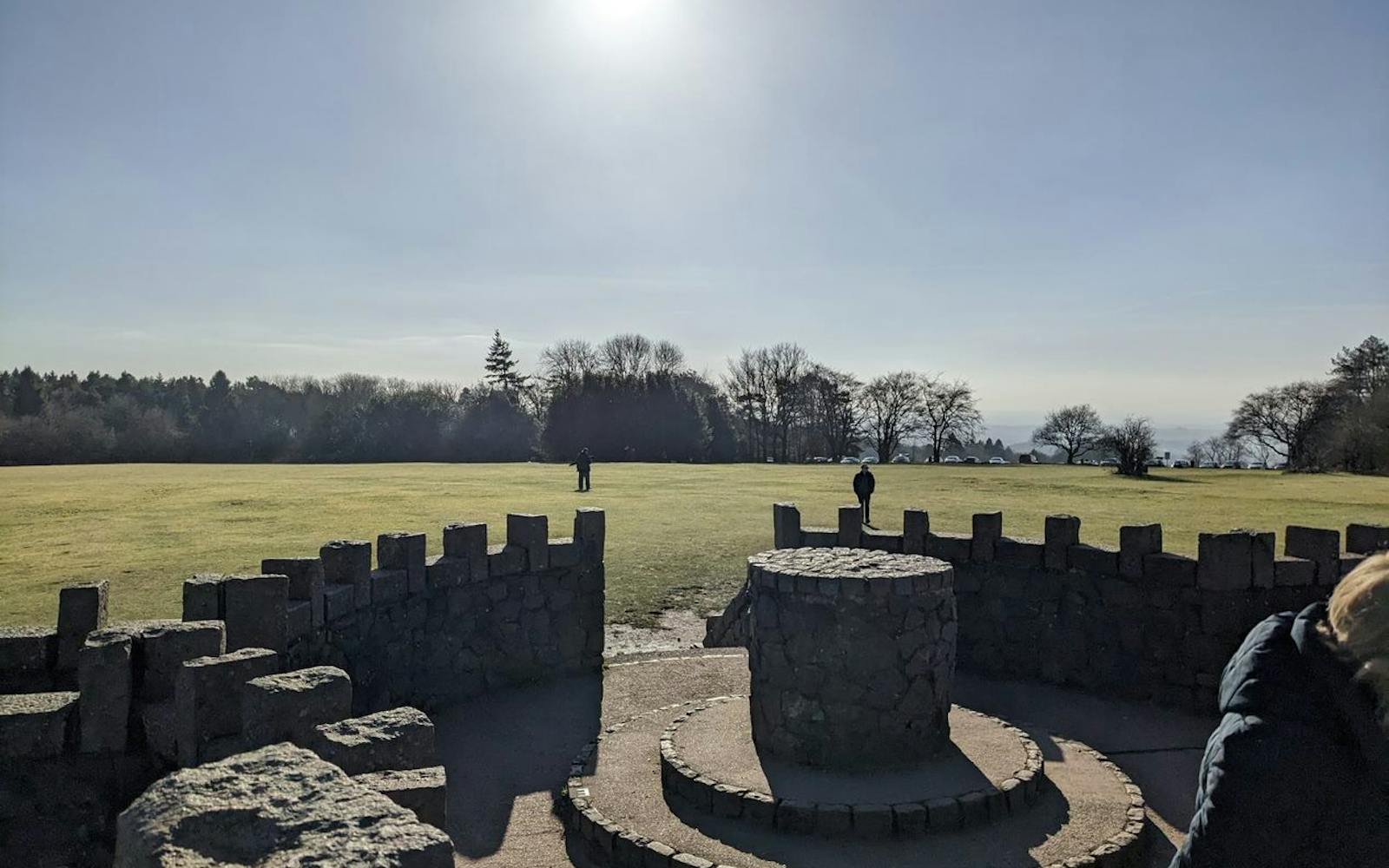
Highlights of our work with the Trust
- Shugborough Wood Pasturescape Feasibility Study: This 120-hectare restoration project in Staffordshire earned a Landscape Institute Award nomination. Beyond benefiting nature, it will improve the look and feel of the landscape, protect historic sites, create jobs, and improve access to nature.
- Wentworth Castle Gardens, South Yorkshire: This complex, sensitive site required holistic, sustainable spatial planning. Our comprehensive masterplan brought together landscape architects, conservation architects, historic environment specialists, ecologists, transport planners, hydrologists, and sustainability consultants. We crafted a strategic blueprint to preserve its heritage, enhance access, and sustainably increase visitor numbers over the next 20 years.
- 8 Hills Regional Park: We developed a spatial framework to guide the creation of new parkland on the outskirts of Birmingham. The framework will improve access to nature, enhance biodiversity, and provide vital green space for local communities.
- Ashridge Estate, Hertfordshire: Our comprehensive spatial plan balances conserving nationally important cultural heritage and irreplaceable habitats with promoting public enjoyment and the delivery of much-needed visitor infrastructure.
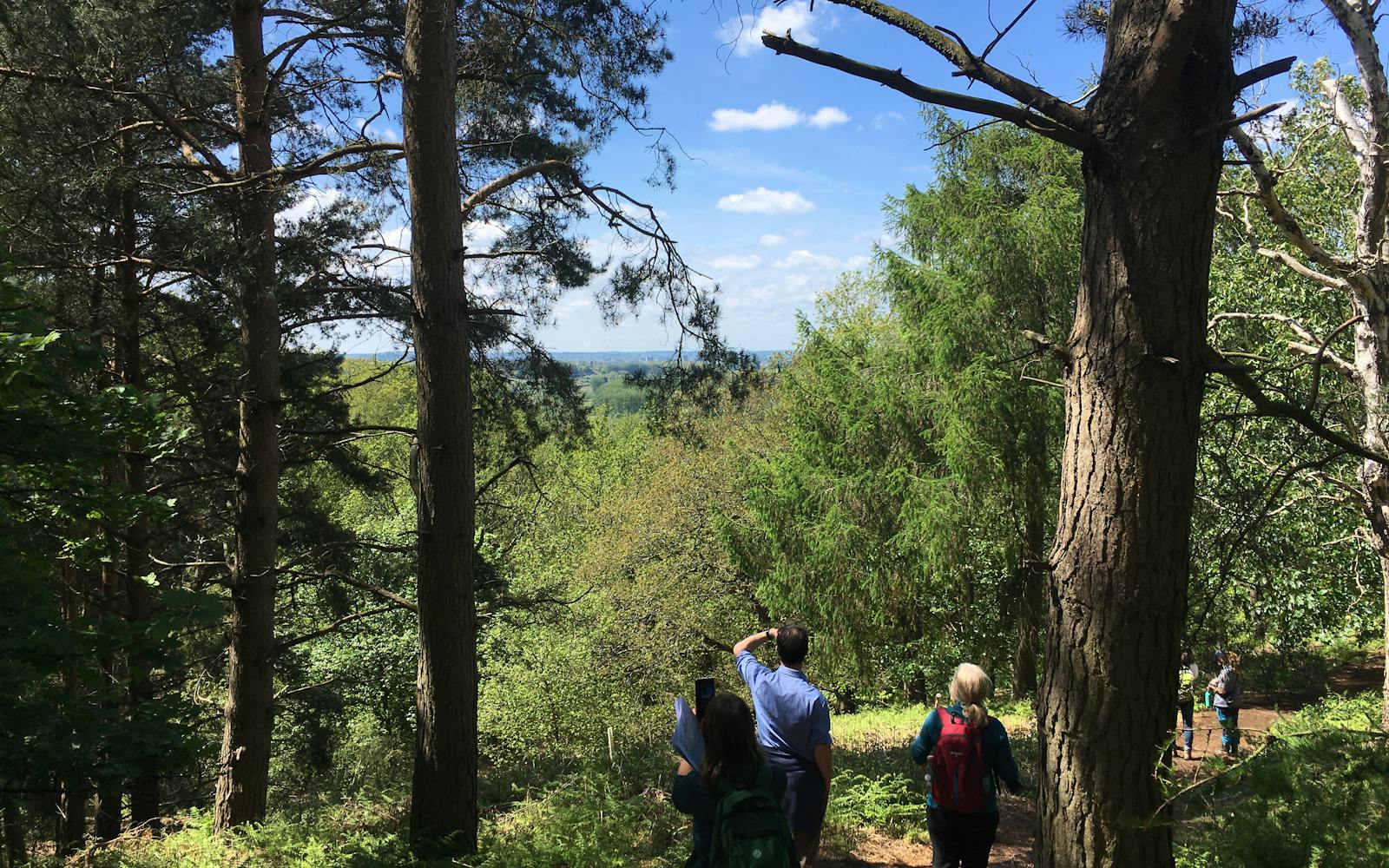
Our expertise in strategic ecology and nature recovery, and the historic environment uniquely positions us to support the Trust in achieving its ambitious goals. We specialise in developing and implementing forward-thinking, cohesive spatial plans for the conservation of heritage and nature, ensuring they are fit for the future. This includes developing approaches to optimise government funding and unlocking private funding opportunities.
We support diverse groups in coming together to protect and restore nature. Our research into what landowners and the public think about land use change informs our deep understanding of how access to nature can be managed successfully to deliver exceptional experiences while preserving the unique qualities of special places.
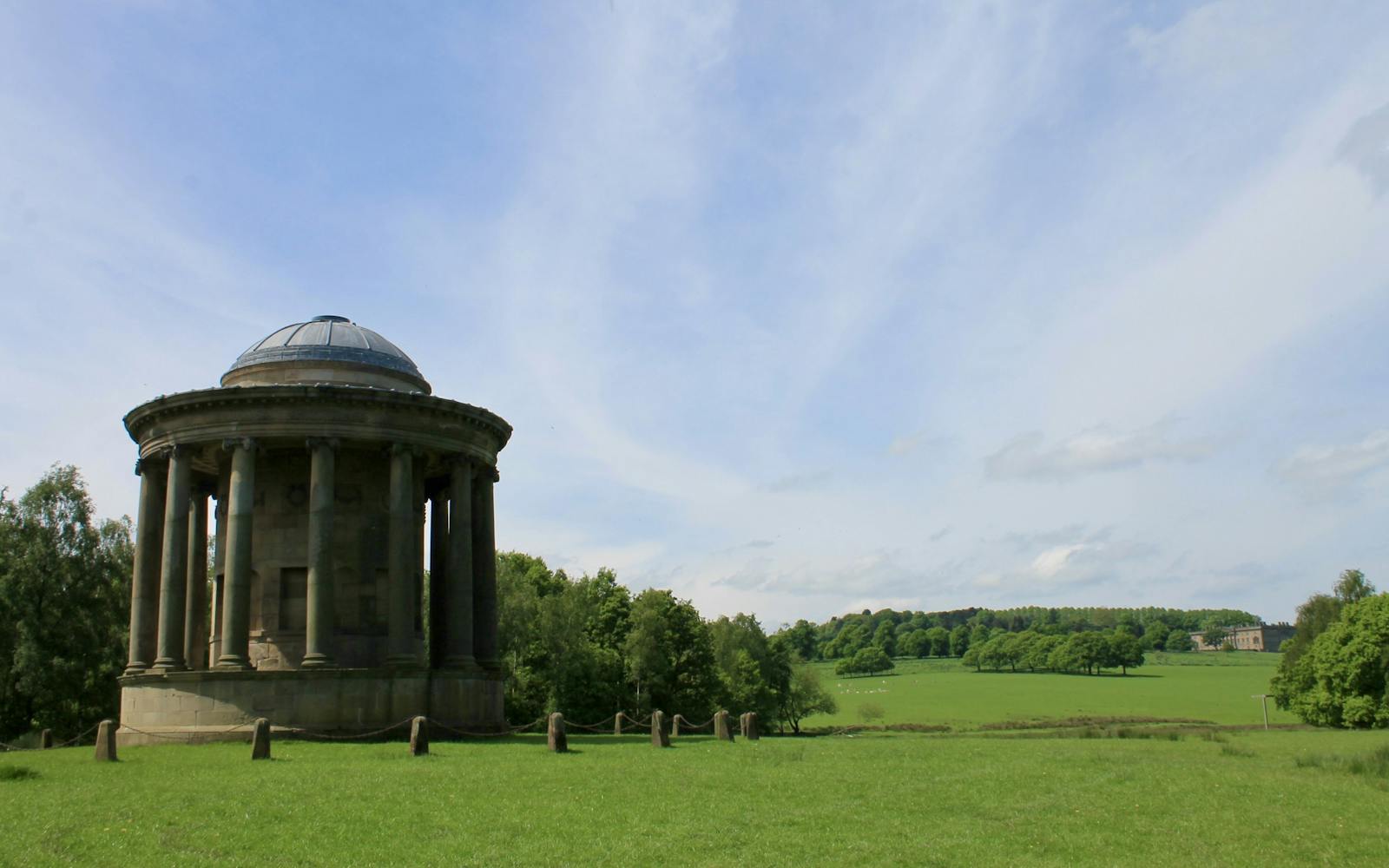
In the agricultural sector, we bring extensive knowledge of agri-environment scheme development, monitoring and implementation. There is a significant opportunity for the Trust to champion farmland managed in a nature-friendly way - to connect fragmented habitats and existing wildlife sites. These projects can deliver nature recovery and climate resilience on a landscape scale, alongside more sustainable food production.
By prioritising nature restoration alongside equitable access, heritage preservation, and sustainable visitor experiences, the National Trust’s aims align perfectly with our vision. We look forward to continuing our partnership and supporting other landowners in addressing the climate and biodiversity crises.
Get in touch
If you’re interested in discussing a project with us please drop us an email.
Get in touch with Ann Conquest
